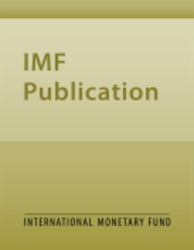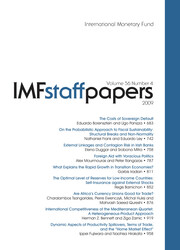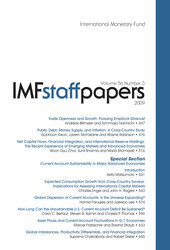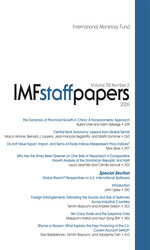
IMF Staff Papers, Volume 57, No. 1
Do highly indebted countries suffer from a debt overhang? Can debt relief foster their growth rates? To answer these important questions, this article looks at how the debt-growth relation varies with indebtedness levels, as well as with the quality of policies and institutions, in a panel of developing countries. The main findings are that, in countries with good policies and institutions, there is evidence of debt overhang when the net present value of debt rises above 20-25 percent of GDP; however, debt becomes irrelevant above 70-80 percent. In countries with bad policies and institutions, thresholds appear to be lower, but the evidence of debt overhang is weaker and we cannot rule out that debt is always irrelevant. Indeed, in such countries, as well as in countries with high indebtedness levels, investment does not depend on debt levels. The analysis suggests that not all countries are likely to profit from debt relief, and thus that a one-size-fits-all debt relief approach might not be the most appropriate one.
Publication date: March 2010
ISBN: 9781589069114
$45.00
Add to Cart by clicking price of the language and format you'd like to purchase
Available Languages and Formats
| English |
Topics covered in this book
This title contains information about the following subjects.
Click on a subject if you would like to see other titles with the same subjects.
Finance , debt overhang , debt relief , indebted countries , external debt , highly indebted countries
Summary
Copyright © 2010 - 2024
Powered by:
AIDC



